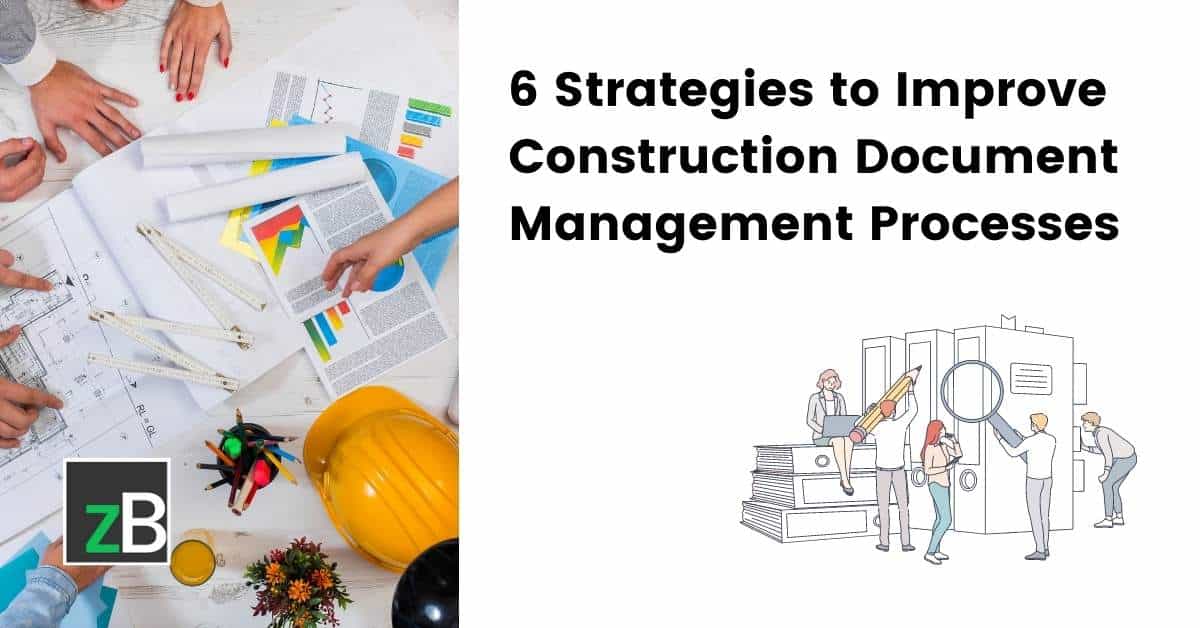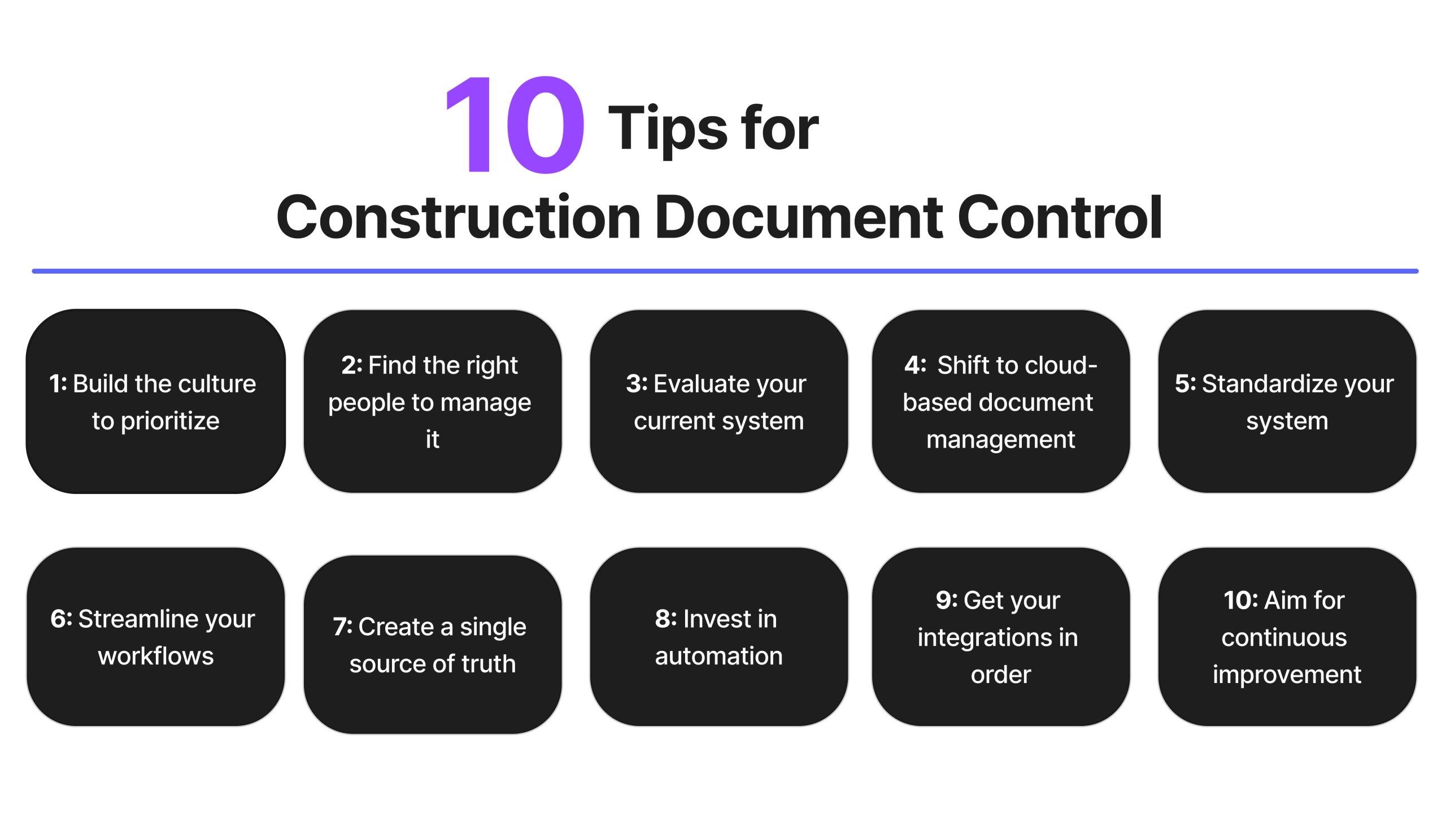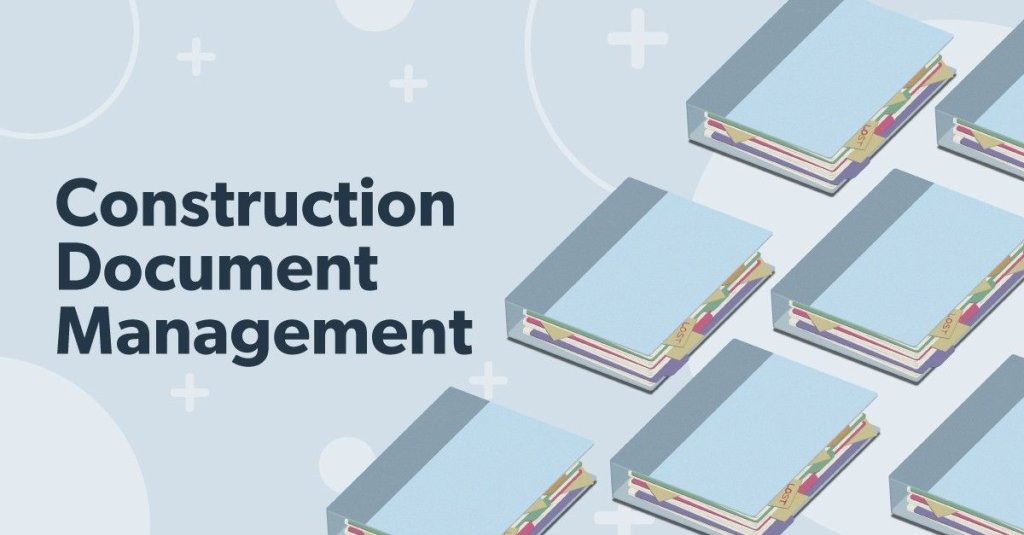Achieving Seamless Task Shipment: Architect's Comprehensive Strategy to Building And Construction Record Monitoring
One crucial element usually took too lightly is the monitoring of construction papers, which serves as the backbone of every job. As engineers browse the complexities of control, execution, and layout, a comprehensive strategy to document monitoring emerges as a linchpin for accomplishing smooth task distribution.
Importance of Construction Document Management
Efficient building and construction document administration plays a vital duty in making sure job success by facilitating seamless interaction and organization throughout the construction process. By preserving updated and exact construction papers, engineers can efficiently communicate with service providers, subcontractors, and various other stakeholders entailed in the task. These documents function as a reference point for all celebrations, making certain that everyone is functioning from the very same collection of info and minimizing the chance of errors or misconceptions.
Additionally, proper document management can enhance job effectiveness, decrease expensive delays, and ultimately lead to the successful completion of construction projects. Architects who focus on building and construction record monitoring established a strong structure for task success and show a commitment to providing premium results.
Crucial Element for Efficient Documentation

Provided the essential function that orderly and precise building and construction documentation plays in guaranteeing task success, it is necessary to determine crucial elements that contribute to effective paperwork administration. To start with, clear and concise interaction is vital. All stakeholders have to recognize the documentation requirements and be able to access and interpret the details quickly. Second of all, developing standard themes and methods makes certain uniformity throughout all task records. This includes calling conventions, documents frameworks, and alteration control to stop mistakes and complication. Normal reviews and updates are important to keep documentation present and reflective of the job's progress. This method aids determine any disparities or adjustments that need to be dealt with quickly. Implementing a durable record management system that permits for version control, accessibility limitations, and audit tracks considerably improves the organization and security of job documentation. By including these key components into building and construction record administration practices, architects can streamline procedures, decrease mistakes, and inevitably add to the successful delivery of tasks.
Utilizing Innovation for Record Organization
Leveraging innovative digital devices and software systems is instrumental in boosting the company and access of building documentation. Building firms can enhance their paper administration processes by executing specialized software program developed for the building market. These devices use features such as variation control, cloud storage, and collective editing and enhancing capacities, allowing staff member to work with documents at the same time and making sure everybody has accessibility to one of the most current info.
One key advantage of making use of innovation for record company is the ability to produce a central database for all project-related documents. By keeping records in a safe digital environment, engineers can conveniently search, recover, and share information with stakeholders, lowering the risk of version conflicts or misplaced documents. Additionally, advanced software remedies commonly incorporate metadata tagging and indexing capabilities, enabling users to classify records effectively and retrieve them swiftly when needed.
Joint Methods With Task Teams
To optimize task outcomes, designers must accept collaborative techniques when collaborating with task teams to make certain seamless communication and control throughout the building procedure. Collaboration with task teams is necessary for architects to efficiently take care of construction jobs. construction document management. By cultivating open interaction and teamwork amongst all stakeholders, architects can improve decision-making processes, address possible issues proactively, and guarantee that everyone is lined up with the task objectives
Engineers need to develop clear lines of interaction with designers, my blog service providers, customers, and other essential employee from the outset of the project. Normal conferences, development updates, and feedback sessions should be set up to maintain everybody notified and engaged. Making use of collective job management devices can additionally promote real-time details sharing and paper partnership, enhancing openness and effectiveness.

Best Practices for Document Version Control

Verdict
To conclude, effective building and construction file monitoring is critical for accomplishing seamless job delivery. By concentrating on crucial elements such as version, company, and collaboration control, architects can make certain that all job teams are working from current and accurate info. Utilizing innovation can streamline the documents procedure and enhance total project effectiveness. It is crucial for engineers to execute ideal practices in paper monitoring to successfully navigate the complexities of building and construction projects.
Effective building and construction record monitoring plays an important function in making certain task success by facilitating seamless interaction and company throughout the building procedure. Furthermore, appropriate paper administration can improve project efficiency, decrease expensive delays, and ultimately lead to the successful completion of construction projects.To optimize project end results, engineers have to welcome collective techniques when working with project teams to guarantee seamless communication and control throughout the building and construction procedure. Collaboration with project groups is necessary for designers to effectively take care of building and construction jobs.In the realm of collective construction job administration, maintaining specific control over reference paper versions stands as a critical technique for guaranteeing project honesty and cohesion.